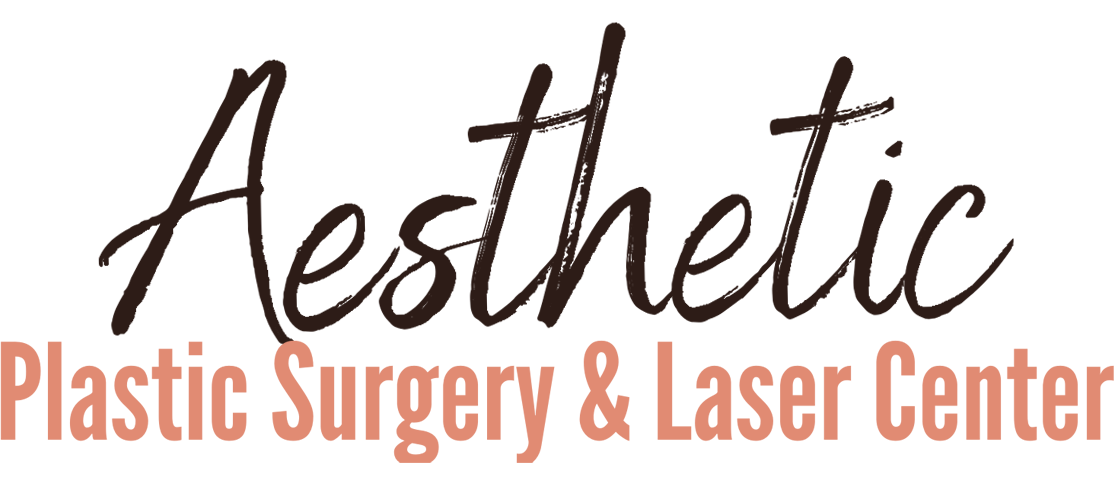Key Takeaways
- Liposuction is a surgical procedure that removes stubborn fat deposits to contour the body.
- Recovery typically takes 6-8 weeks, with final results visible after 6 months to a year.
- Maintaining results requires a healthy lifestyle, including regular exercise and a balanced diet.
Understanding Liposuction: Your Path to Effective Body Contouring
Liposuction is a popular body contouring surgery that removes stubborn fat deposits resistant to diet and exercise. This comprehensive guide explores the liposuction procedure, recovery process, and long-term results. Whether you’re considering the treatment or preparing for surgery, this information will help you make informed decisions about your body contouring journey.
The Liposuction Procedure: What to Expect During Surgery
The liposuction procedure typically involves several steps, each crucial for achieving optimal results. Understanding these stages can help alleviate anxiety and prepare you for the experience.
Anesthesia is the first step in the liposuction process. Depending on the extent of the procedure and your personal health factors, your surgeon may use local anesthesia, intravenous sedation, or general anesthesia. The choice of anesthesia affects your comfort and safety during the surgery.
Once you’re properly anesthetized, the surgeon begins the procedure using one of several liposuction techniques. The tumescent liposuction technique is among the most common and effective methods. This approach involves injecting a sterile solution containing saline, lidocaine (a local anesthetic), and epinephrine (to constrict blood vessels) into the treatment area. This solution helps to numb the area, reduce bleeding, and make fat removal easier.
After the solution is administered, the surgeon makes small incisions in the targeted area. Through these incisions, a thin, hollow tube called a cannula is inserted. The cannula is connected to a vacuum-like device that suctions out the excess fat cells. The surgeon carefully moves the cannula back and forth to break up fat deposits and remove them from your body.
For those seeking more advanced options, laser-assisted liposuction may be considered. This technique uses laser energy to liquefy fat cells before removal, potentially resulting in less trauma to surrounding tissues. However, it’s important to discuss the best liposuction techniques available with your surgeon to determine which is most suitable for your specific case.
The duration of the liposuction procedure varies depending on the size of the treatment area and the amount of fat being removed. Typically, the surgery can last anywhere from one to several hours. After the fat removal is complete, the incisions are closed with sutures, and compression garments are applied to help reduce swelling and support the newly contoured area.
Recovery Timeline: Navigating the Post-Liposuction Journey
Understanding the liposuction recovery process and timeline is crucial for setting realistic expectations and ensuring proper healing. While everyone’s recovery experience is unique, there are general milestones you can anticipate.
Immediately after surgery, you’ll likely experience some pain, swelling, and bruising in the treated areas. Your surgeon will provide pain management strategies, which may include prescription medications or over-the-counter pain relievers. Wearing compression garments is essential during this phase, as they help minimize swelling and support your body’s new contours.
In the first few days post-surgery, rest is crucial. Most people take about a week off work to focus on recovery. During this time, you’ll need to avoid strenuous activities and follow your surgeon’s instructions carefully. It’s normal to experience some discomfort and limited mobility, but these symptoms should gradually improve.
As you progress into the second week, you may notice a significant reduction in pain and swelling. Many patients feel comfortable returning to work at this point, especially if their job doesn’t involve physical labor. However, it’s important to continue wearing your compression garments as directed and to avoid vigorous exercise.
By the third and fourth weeks, most of the initial swelling and bruising should subside. You may start to see the preliminary results of your liposuction, though it’s important to remember that your body is still healing. Your surgeon may give you the green light to resume light exercise, but always follow their specific recommendations.
Full recovery typically takes about six to eight weeks, though this can vary based on individual factors and the extent of the procedure. During this time, you’ll gradually return to your normal activities. However, it’s crucial to listen to your body and not push yourself too hard.
It’s important to note that while you may see significant improvements within the first few months, the final results of liposuction can take up to six months to a year to fully manifest. This is because your body needs time to adjust to its new contours, especially after procedures such as liposuctions and tummy tucks, and for any residual swelling to completely resolve.
Long-Term Results and Maintenance: Maximizing Your Liposuction Investment
Liposuction can provide long-lasting results, but it’s not a substitute for a healthy lifestyle. To maintain your new body contours, it’s crucial to adopt and stick to a balanced diet and regular exercise routine. While liposuction removes fat cells permanently from the treated areas, it doesn’t prevent new fat cells from forming or existing fat cells from expanding.
To maximize and prolong your liposuction results, consider the following strategies:
- Maintain a stable weight: Significant weight fluctuations can affect your results. Aim to stay within 5-10 pounds of your post-liposuction weight.
- Exercise regularly: Incorporate both cardio and strength training into your routine to help maintain muscle tone and overall body composition.
- Eat a balanced diet: Focus on nutrient-dense foods and practice portion control to support your new body contours.
- Stay hydrated: Proper hydration helps maintain skin elasticity and supports overall health.
- Attend follow-up appointments: Regular check-ins with your surgeon can help address any concerns and ensure optimal long-term results.
Remember, while liposuction can dramatically improve your body contours, it’s not a weight loss solution. The best candidates for liposuction are those who are at or near their ideal weight but struggle with stubborn fat deposits in specific areas.
Potential Risks and Complications: What You Need to Know
Like any surgical procedure, liposuction carries certain risks. While serious complications are rare, especially when performed by a board-certified plastic surgeon, it’s important to be aware of potential issues.
Common side effects include temporary swelling, bruising, and numbness in the treated areas. These typically resolve within a few weeks to months. More serious complications, though rare, can include infection, blood clots, and adverse reactions to anesthesia.
In some cases, patients may experience contour irregularities or asymmetry. This is why choosing an experienced surgeon and following all post-operative instructions is crucial. Your surgeon should discuss all potential risks and complications with you during your consultation.
FAQs
How long does it take to see results from liposuction?
While you may notice some changes immediately after surgery, significant results typically become visible within 1-3 months as swelling subsides. Final results can take up to 6 months to a year to fully manifest as your body adjusts to its new contours.
Is liposuction painful?
During the procedure, you’ll be under anesthesia and won’t feel pain. Post-surgery discomfort is common but manageable with prescribed pain medications. Most patients describe the sensation as soreness or tenderness rather than sharp pain.
How long do I need to wear compression garments after liposuction?
Typically, patients are advised to wear compression garments for 4-6 weeks post-surgery. These garments help reduce swelling, support the newly contoured areas, and promote skin retraction.
When can I return to work after liposuction?
Most people can return to work within 1-2 weeks, depending on the nature of their job. However, if your work involves strenuous physical activity, you may need to take additional time off or request light duty.
Are the results of liposuction permanent?
Liposuction permanently removes fat cells from the treated areas. However, maintaining results long-term requires a healthy lifestyle. Weight gain can cause remaining fat cells to expand or new fat to accumulate in other areas.
As you consider taking the next step on your body contouring journey, remember that choosing the right surgeon is crucial for achieving the best results. At the Aesthetic Plastic Surgery & Laser Center, Dr. Michelle Hardaway combines over 30 years of experience with a patient-centric approach to deliver exceptional outcomes. Click here to learn more about our advanced liposuction in Michigan and schedule your personalized consultation. Let’s work together to unveil the new you – safely, comfortably, and with stunning results!


 Are You a Good Candidate for Liposuction? Evaluating Your Readiness
Are You a Good Candidate for Liposuction? Evaluating Your Readiness